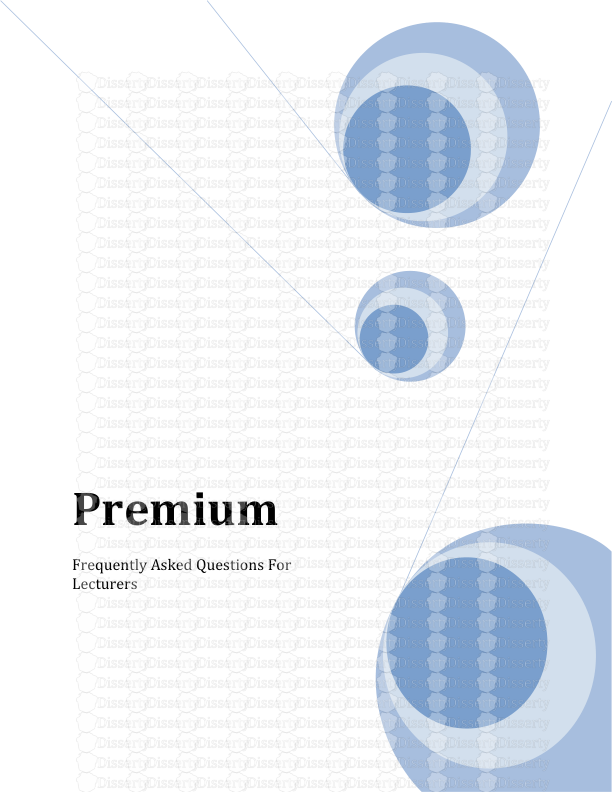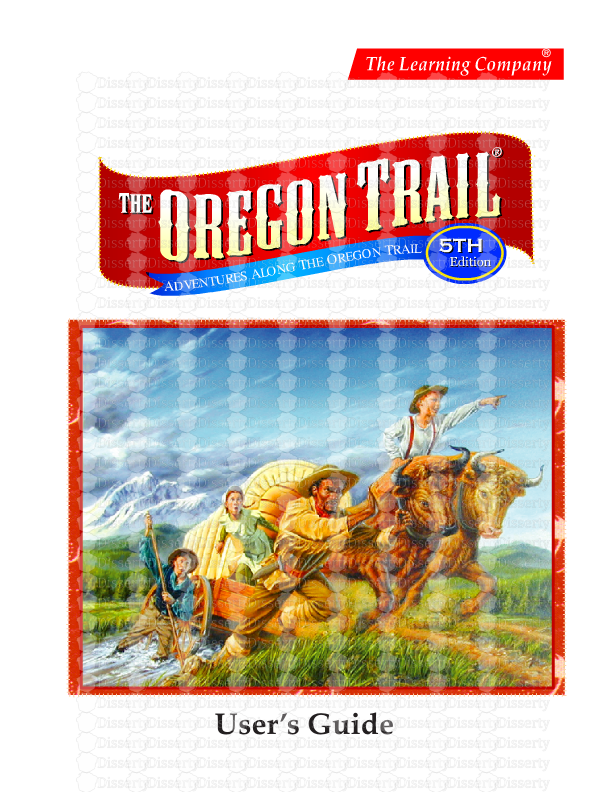Zoom Guide ABCs of Zoom How to use Zoom on your browser 1. Open the browser of
Zoom Guide ABCs of Zoom How to use Zoom on your browser 1. Open the browser of your choice on your Mac or PC and head to the Zoom website to create and manage an account. Click on "My Account" after logging in to bring you to your account details. 2. You can schedule, join, or host a meeting at the top of the screen. Click on any of these three options and follow the prompts to set up or join a video call online. To join a call, you'll need the Meeting ID or name. 3. On the left hand side, you'll find a variety of options, including the first and perhaps most important: Profile. This is where you can change your profile picture, edit your email or password, and make other changes in this settings section. You'll also find the option to sign out of Zoom on all of your devices at the bottom of this page. 4. Below your profile tab, you'll find a summary of your meetings. You can start or delete upcoming meetings or review previous meetings at the top. 5. Other tabs on the left hand side include webinars, recordings, and your settings. The webinar feature can only be enabled if you pay for an account, and recordings will direct you to enable the feature for you and your meeting participants. 6. You'll also find more advanced settings towards the bottom of the left panel, including managing users and rooms. You can also upgrade your account under "Billing," or manage your payment information if you've already upgraded to Pro, Business, or Enterprise. How to use Zoom Client on your desktop In the Desktop Client, you'll find a more streamlined version of these options upon opening. The app is organized into four main tabs at the top of the screen: Home, Chat, Meetings, and Contacts. 1. The "Home" tab gives you the option to start a new meeting, join a current call, schedule a future event, or share your screen. If you have any upcoming meetings for the day, you'll also find them in a checklist on the right hand side. You can also click your profile in the top-right hand corner at any time. This will open a dropdown menu to make quick changes, such as switching your availability or profile photo. 2. You can also access settings from that menu from any page, or by clicking the gear icon in the right hand corner of the "Home" tab. This will open the complete Settings menu. Browse through the tabs on the left hand side to make changes. In "General" you can also find "View More Settings" at the bottom, which will open your profile online for complete access to your Zoom account. 3. The "Chat" tab keeps track of any conversations you have between contacts. You can star or favorite conversations for easy access or browse through your recent ones. You'll also find "Contact Requests" if anyone has requested to join your directory. Additionally, any shared files between contacts will appear in the "Files" section. 4. The "Meetings" tab shows a summary of any upcoming meetings, organized by date. You can also toggle between upcoming and recorded meetings at the top, or click the plus sign to schedule a new one. Click on any pre-existing meeting to view options to start it early, copy the invitation, edit, or delete it. You can also click to show the meeting invitation sent to any invitees. 5. Lastly, the "Contacts" tab keeps track of the colleagues and classmates you add to the platform. View contact information by browsing through the left hand categories: starred, external, and cloud contacts. You can also click to view any channels, which are groups of contacts to help organize your activities. Click the plus sign to add a new contact or channel. How to use Zoom Client on your mobile The mobile version of the app on iPhone, iPad, and Android offers a simplified version of the online Zoom platform, and the main tabs are found at the bottom: Meet & Chat, Meetings, Contacts, and Settings. (The setup is slightly different due to limited space.) 1. "Meet & Chat" combines the desktop "Home" and "Chat" tabs. The main options are found at the top: New Meeting, Join, Schedule, and Share Screen. Below, you'll see recent call and chat history, along with any outstanding Contact Requests. Tap to view the chat with any contact or to accept a request. You can also tap the star icon in the top-left corner to view your favorites or the pencil icon in the top-right corner to draft a new message. 2. "Meetings" shows a lineup of upcoming events. You can also start a call, send an invitation, or edit a current event at the top of the page. Tap to begin any one of these options and follow the prompts provided. Your "Personal Meeting ID" is your unique code to start an individual meeting. Tap on an upcoming meeting to view its details or delete it entirely. Tap on a meeting and you'll also find the option to add invitees and send invitations to these contacts via email or text message. 3. "Contacts" looks extremely similar to the desktop version and lists your starred favorites, as well as any others in your company directory. Search for contacts at the top of the page. Tap the plus symbol in the top-right corner to open a pop-up menu to add a contact, create a new channel, or join a public one. You can also toggle between contacts and channels at the top. ○ Contacts are individual people while channels are groups of these contacts. 4. Finally access "Settings" to make any changes to your account. Your Zoom settings are organized by Meetings, Contacts, Chat, and General. You can also add Siri Shortcuts. To make changes to your profile, tap your name at the top of the screen, where you can change your profile photo, display name, or update your password. This is also where you can sign out of the Zoom app. All you need to know about Breakout Rooms Breakout rooms helps to enhance the in-person meeting experience and is one of the most popular features in Zoom Meetings. Previously, the meeting host had to assign a participant to a Breakout Room. Now, when the Self-Select Breakout Rooms option is enabled by the host (and when the host and participants are on Zoom 5.3.0 or later), participants can move freely between Breakout Rooms without needing the host’s help. Zoom natively allows you to create as many as 50 separate breakout sessions for close collaboration and small-group discussion. Go to zoom.us, sign into your account using your Zoom credentials, and navigate to your Account Settings. Under In Meeting (Advanced), you can enable the Breakout Room feature. Once enabled, you can create breakouts during your meetings by clicking on the “Breakout Rooms” icon in the lower right-hand side of your toolbar. Some of the options that are available while using a breakout room: 1. You can create break out rooms either automatically or manually by selecting the participant’s name and assigning them to a room. 2. You can delete the room at any time, but by deleting the participants of that break out room will be placed into another breakout room. 3. You can set a timer that forces everyone to return to the main session when the timer expires. 4. A host or co-host can jump between break out rooms. 5. A message can be broadcasted to every break out room using the broadcast message option. 6. Breakout participants can click the “Ask for Help” icon to invite the host to join your breakout for assistance. The host will get a notification and can jump into that session. Security Tips for Zoom Meetings 1. By disabling Join Before Host, the meeting won’t start without the host present. 2. By using Waiting Rooms, meeting hosts can admit people in the waiting room individually or all at once. 3. You can lock your meetings after all participants joined your meeting. This prevents any other participants from joining the meeting. 4. Under the “Allow Participants to:” section, you can enable or disable participant’s ability to use the chat function and share their screens. 5. If you have unauthorized users joining your meeting, you can use the Remove participant feature, which will remove the user from the meeting and prevent them from re-joining the meeting. 6. You can lockdown the Zoom client to only allow users to join meetings from within your school’s account. This ensures that Zoom can only be used for school related purposes. 7. Enabling Require Sign in to attend meetings requires users to log in securely to participate in a meeting hosted by your school, ensuring that each meeting participant is monitored and identified. Educator Tips for Zoom Meetings 1. If you need a private moment, you can put attendees on-hold. The attendee’s video and audio connections uploads/Litterature/ zoom-guide.pdf
Documents similaires










-
48
-
0
-
0
Licence et utilisation
Gratuit pour un usage personnel Attribution requise- Détails
- Publié le Aoû 01, 2021
- Catégorie Literature / Litté...
- Langue French
- Taille du fichier 0.8812MB


